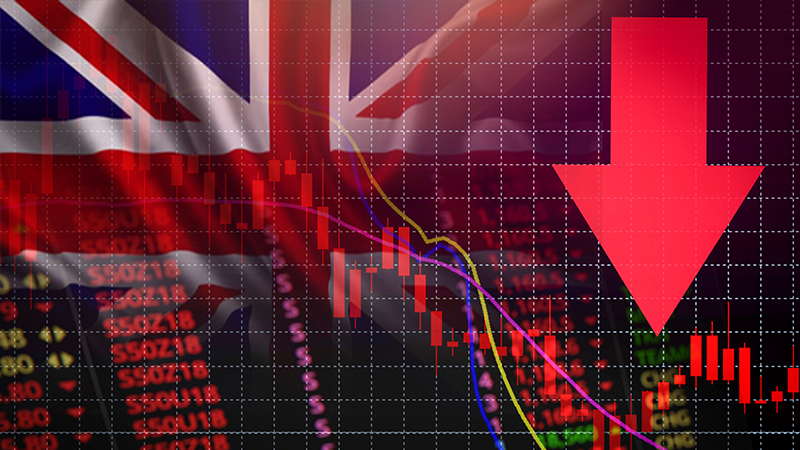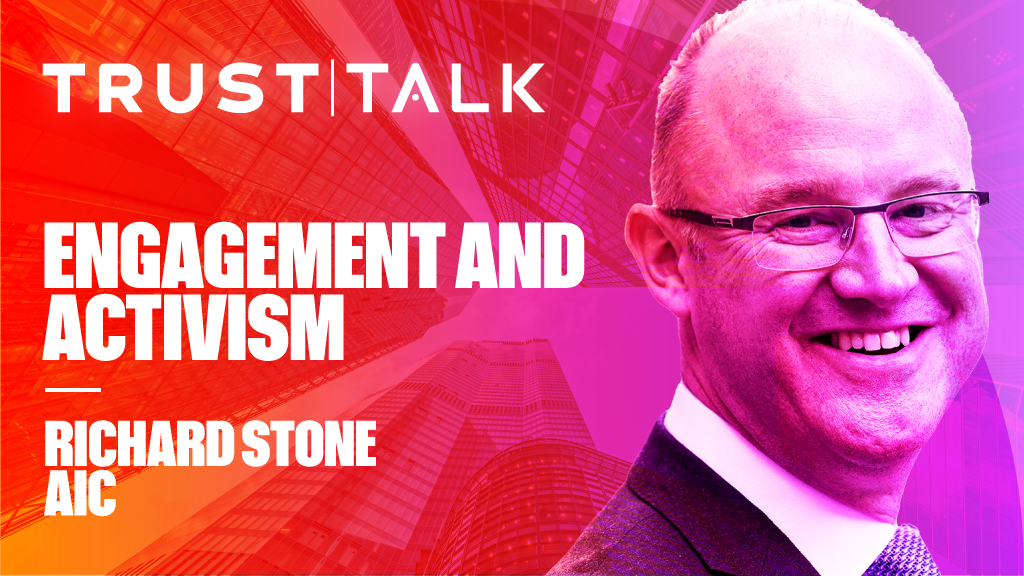Much talk in the UK is of the nascent economic recovery, and there is clear evidence to support the view that the economy is performing to the point where the next move in interest rates is going to be up. But, there are also a number of geopolitical threats that could disrupt the nascent global recovery and even the lowest risk investors seem to be increasingly comfortable within risk assets.
Which raises the question, exactly how worried should investors actually be, and of what exactly?Speaking to Portfolio Adviser on Monday, Richard Stammers, investment strategist at European Wealth says there are a lot of things that have the potential to upset the apple cart at the moment, not the least of which are the number of geopolitical risks in the world, that the market seems to be ignoring completely. But, he is also concerned that investors may be taking on more risk than they should be.
“I would hope we are still in the tail end of a bull run at the moment and, while I accept we may see a correction during this period, my concern is that everyone is thinking the same thing. It is like a piece of fruit, everyone is intent on seeing how much more juice can be squeezed out of it. The trouble is, once it is done there is nothing left and we don’t want to be left holding the peel.”
Stephanie Flanders, chief market strategist for UK and Europe at J.P. Morgan Asset Management says she expects the world to provide plenty of things for investors to worry about in the coming months.
Geopolitics and the bond market are two areas that Flanders highlights as regions that could trouble investors’ sleep patterns.
But, she adds, a rise in the oil price could also take the wind out of the global economy, as could a revision by investors of the consensus view on future US interest rate rises.
“This seems to us highly likely, given how low future interest rate expectations have gone. The path of short and long-term rates built into US futures markets is not consistent with even the most mediocre of economic recoveries. And the recovery we are seeing in the US is at least in the mediocre category – even if growth for 2014 as a whole is going to be slower than hoped,” she says.
An upside surprise in US inflation is also what is keeping up Thomas Beckett, chief investment officer at Psigma, at night. Because, he says, it would see the Fed forced to raise rates more quickly than markets expect.“If the bond markets get spooked by the threat of tighter monetary policy then there is a high chance that all asset markets suffer potentially significant losses, especially in credit markets where the excess yield over government bonds (spread) has rarely been skinnier and absolute yields never lower.”
“Let us not forget,” he added, “We saw the trailer for this particular film last summer; “The Taper Tantrum”. In such an instance there will be nowhere to hide and downside protection will be limited.”
How to play it
While Beckett does not suggest that the scenario painted above is a certainty, he is of the view that it is important to recognise that the risk of such an outcome has risen because asset markets have surged and bond yields have collapsed.
“The fact that everyone is now so comfortable taking equity risk (investors sentiment surveys are at extremes) should serve as a warning to investors.”
He adds, that while the party is likely to continue for some time as central banks do everything they can to smother volatility and bolster asset prices, he is of the view that a higher weighting to cash is a prudent call.
Flanders is perhaps a little less cautious, but says the level of risk highlights the need for a greater diversification within the typical portfolio, with perhaps a core holding in commodities to add to that diversification.
“But a medium term environment of low interest rates and improving growth still point to a modest overweight in risk assets. The chart below shows that for all the angst, returns are solid so far for nearly every asset class. Over ten years, a basic balanced portfolio would have steadily returned high single digit annual results, whereas cash lingers at the very bottom of the return chart.”
Stammers agrees that things are challenging right now, and says the group is considering put options on the equity part of its portfolios, in a bid to get some downside protection. He also likes commercial property as a diversifier, but here again, he points out, it has become very popular with investors, and is possibly at risk from the same illiquidity concerns as other recently-popular, higher yielding parts of the fixed income market.
There are clearly risks on the horizon and the view that many of them have been papered over by record low volatility and quantitative easing is hard to argue with. There is also some juice left in the orange. The question is, exactly how thirsty are you right now, and how sturdy is your juicer?











